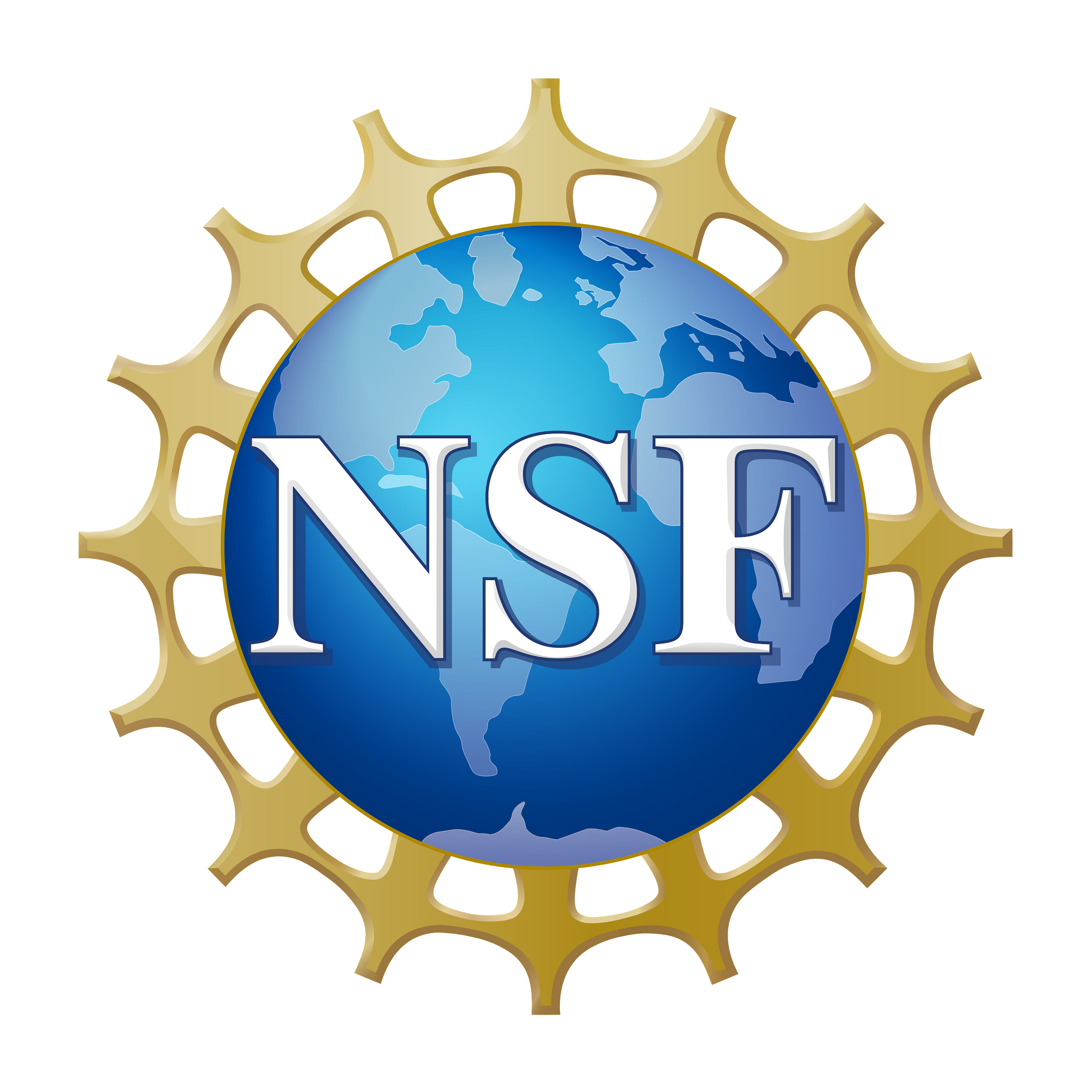-
Virtually there
For NCAR’s Don Middleton, the uneasy days after 9/11 shed unexpected light on the transformative power of global connectivity. Middleton had been scheduled to attend a meeting on advanced collaboratories in Italy, but the event was cancelled.
-
Climate change where we live
Whether or not they could be definitively linked to a changing climate, weather crises in the first years of the 2000s added regional exclamation points to the global possibilities raised by modeling and theory. A relentless 2003 heat wave in normally temperate Europe took tens of thousands of lives.
-
The Two Thousands
Integration and collaboration were major themes as NCAR and UCAR made their way through the first decade of the new century.
-
The Sun in full
You didn’t have to be a solar expert to see stunning beauty in the images that satellite-borne instruments sent to Earth in the late 1990s. The sophisticated new tools sampled the Sun’s electromagnetic energy at a variety of wavelengths, resolutions, and intervals, producing data that were both visually compelling and rich in science-relevant detail.
-
A system called Earth
The concepts of environmental sustainability that broke into public awareness in the 1970s took on new overtones two decades later. In its first report, released in 1990, the Intergovernmental Panel on Climate Change (IPCC) made it clear that ever-increasing amounts of human-produced greenhouse gases posed a real risk to a sustainable future.

